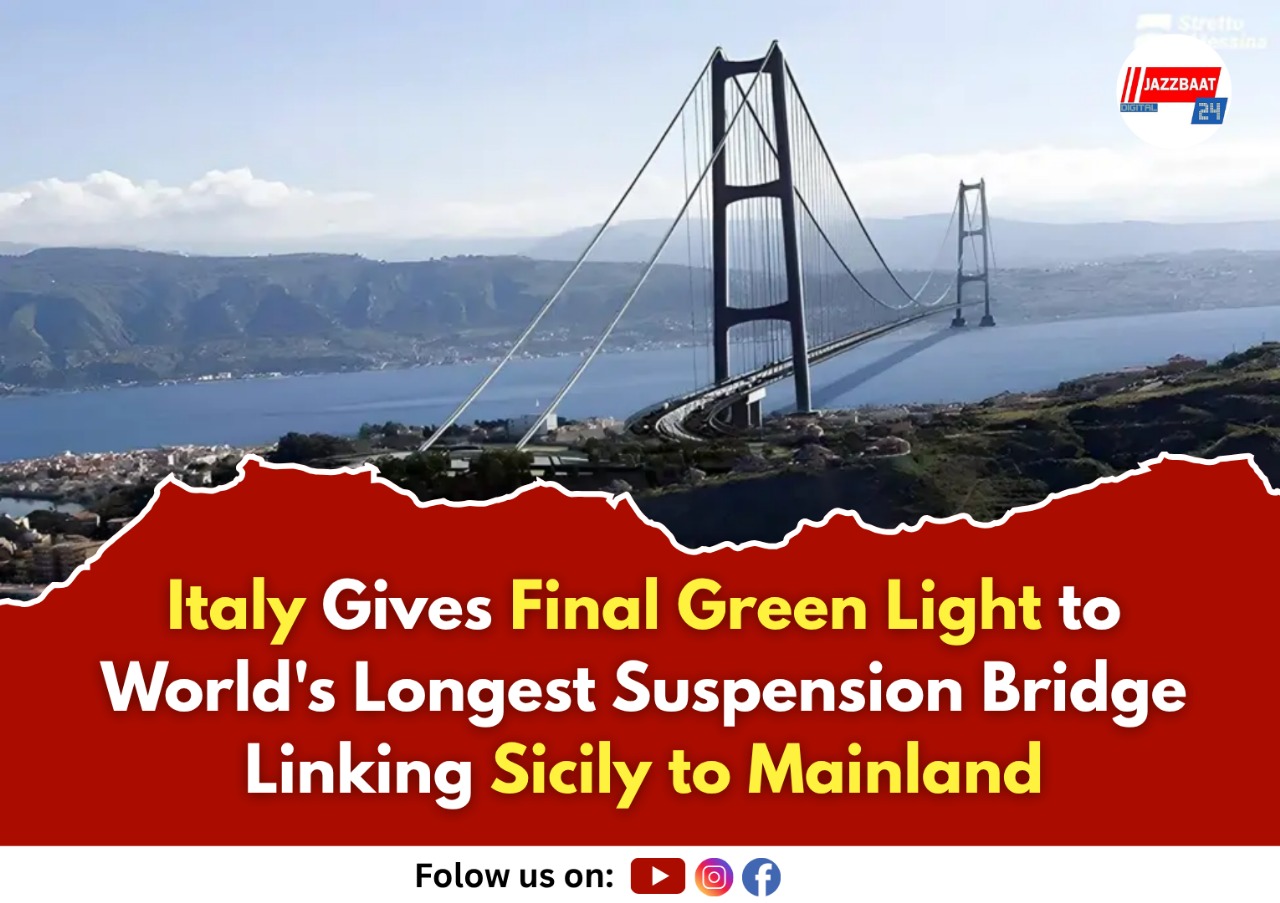
After decades of delays and fierce debate, Italy has officially approved construction of what will become the world's longest suspension bridge, connecting the island of Sicily to the southern region of Calabria. The ambitious €13.5 billion project represents a bold engineering feat that has captured both enthusiasm and skepticism across the nation.
The Messina Bridge, spanning 3.3 kilometers across one of the Mediterranean's most seismically active zones, will eclipse Turkey's Çanakkale Bridge to claim the record for longest single-span suspension bridge. Rising between two imposing 400-meter towers, the structure will accommodate two railway lines flanked by three traffic lanes on each side.
Prime Minister Giorgia Meloni championed the project as an "investment in Italy's present and future," acknowledging the challenges while emphasizing the government's commitment to transforming southern Italy's economic landscape. Her administration has allocated the massive budget over the next decade, with completion targeted between 2032 and 2033.
Transport Minister Matteo Salvini painted an optimistic picture, projecting the bridge will generate 120,000 jobs annually and stimulate growth in regions that rank among Europe's poorest. The economic argument carries particular weight given Sicily and Calabria's persistent struggles with unemployment and underdevelopment.
Yet the project faces formidable obstacles that have repeatedly derailed similar attempts since the 1960s. Environmental groups voice concerns about the bridge's massive water consumption—potentially millions of liters daily—in regions already battling chronic drought. The construction site's location in an earthquake-prone area adds another layer of complexity, though engineers insist the design can withstand seismic activity.
Local opposition runs deep, with residents fearing property seizures and questioning whether such enormous public investment serves their communities' actual needs. Senator Nicola Irto of the Democratic Party criticized the initiative as "controversial and divisive," arguing it diverts crucial resources from schools, healthcare, and local transportation infrastructure.
The shadow of organized crime looms large over the project, with critics warning that Sicily's and Calabria's powerful mafia networks could siphon off substantial taxpayer funds. This concern has historically undermined public confidence in major southern Italian infrastructure projects.
Legal hurdles remain significant. The project must still receive approval from Italy's Court of Auditors and various environmental agencies at both national and European Union levels. Property owners facing potential expropriation retain the right to legal challenges that could delay or completely halt construction.
Rome hopes to classify portions of the bridge as military expenditure, potentially counting toward NATO's defense spending targets a creative accounting approach that reflects the project's strategic importance.
Currently, trains crossing the Strait of Messina must be loaded onto ferries for the 30-minute sea journey, a logistical bottleneck the bridge would eliminate. Whether this engineering marvel will finally become reality after half a century of false starts depends on navigating the complex web of environmental, legal, and political challenges ahead.
The world watches as Italy attempts to bridge not just water, but decades of unfulfilled promises.